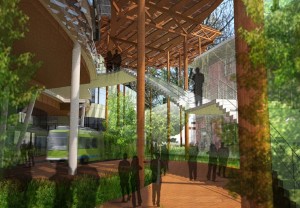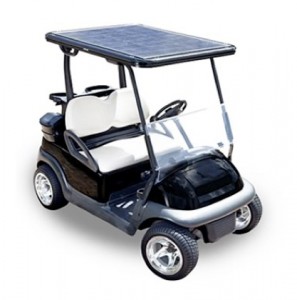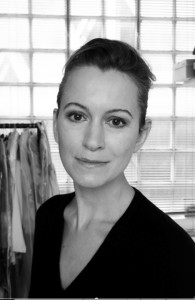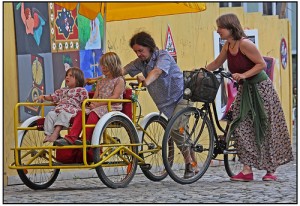 Europe’s economic powerhouse, Germany, announced plans Monday to abandon nuclear energy over the next 11 years, outlining an ambitious strategy in the wake of Japan’s Fukushima disaster to replace atomic power with renewable energy sources. Chancellor Angela Merkel said she hopes the transformation to more solar, wind and hydroelectric power serves as a roadmap for other countries. “We believe that we can show those countries who decide to abandon nuclear power – or not to start using it – how it is possible to achieve growth, creating jobs and economic prosperity while shifting the energy supply toward renewable energies,” Merkel said. Merkel’s government said it will shut down all 17 nuclear power plants in
Europe’s economic powerhouse, Germany, announced plans Monday to abandon nuclear energy over the next 11 years, outlining an ambitious strategy in the wake of Japan’s Fukushima disaster to replace atomic power with renewable energy sources. Chancellor Angela Merkel said she hopes the transformation to more solar, wind and hydroelectric power serves as a roadmap for other countries. “We believe that we can show those countries who decide to abandon nuclear power – or not to start using it – how it is possible to achieve growth, creating jobs and economic prosperity while shifting the energy supply toward renewable energies,” Merkel said. Merkel’s government said it will shut down all 17 nuclear power plants in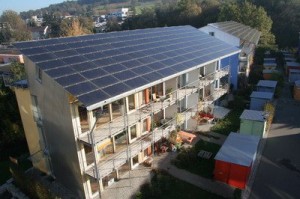 Germany – the world’s fourth-largest economy and Europe’s biggest – by 2022. The government had no immediate estimate of the transition’s overall cost. The plan sets Germany apart from most of the other major industrialized nations. Among the other Group of Eight countries, only Italy has abandoned nuclear power, which was voted down in a referendum after the 1986 Chernobyl disaster.
Germany – the world’s fourth-largest economy and Europe’s biggest – by 2022. The government had no immediate estimate of the transition’s overall cost. The plan sets Germany apart from most of the other major industrialized nations. Among the other Group of Eight countries, only Italy has abandoned nuclear power, which was voted down in a referendum after the 1986 Chernobyl disaster.
The decision represents a remarkable about-face for Merkel‘s center-right government, which only late last year pushed through a plan to extend the life span of the country’s reactors, with the last scheduled to go offline around 2036. But Merkel, who holds a Ph.D. in physics, said industrialized, technologically advanced Japan’s “helplessness” in the face of the Fukushima disaster made her rethink the technology’s risks.Phasing out nuclear power within a decade will be a challenge, but it will be feasible and ultimately give Germany a competitive advantage in the renewable energy era, Merkel said.”As the first big industrialized nation, we can achieve such a transformation toward efficient and renewable energies, with all the opportunities that brings for exports, developing new technologies and jobs,” Merkel told reporters. The government said the renewable energy sector already employs about 370,000 people.
Germany’s seven oldest reactors, already taken off the grid pending safety inspections following the March catastrophe at Japan’s Fukushima Dai-ichi nuclear plant, will remain offline permanently, Merkel said. The plants accounted for about 40 percent of the country’s nuclear power capacity. At the time of the Japanese disaster, Germany got just under a quarter of its electricity from nuclear power





